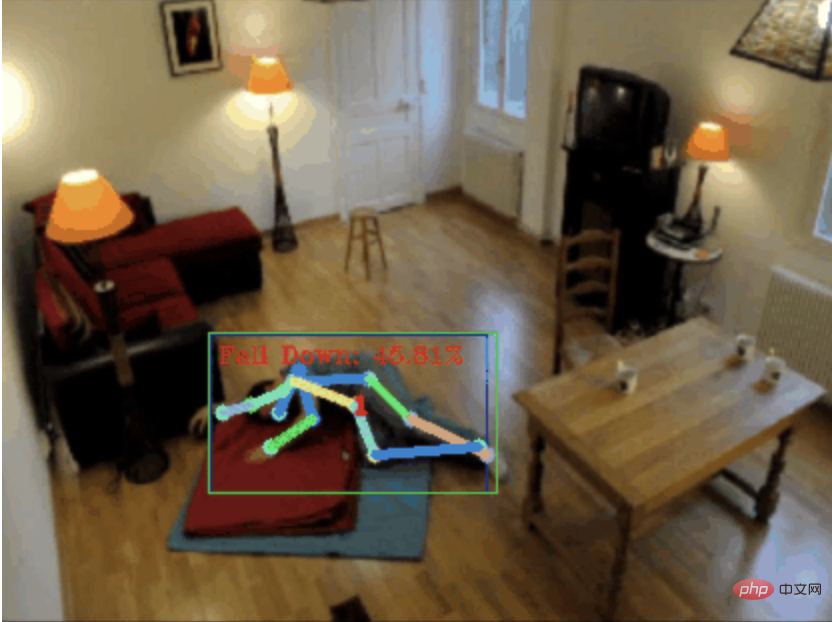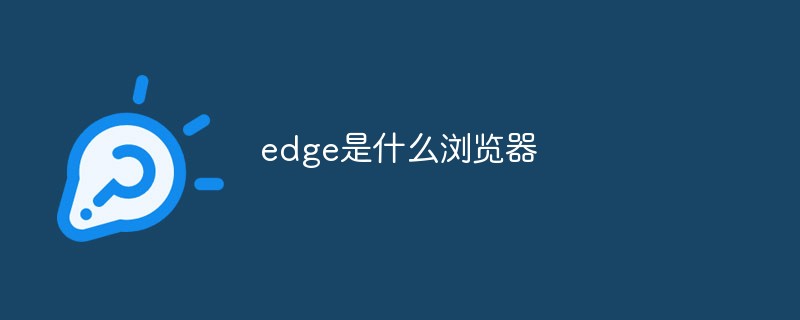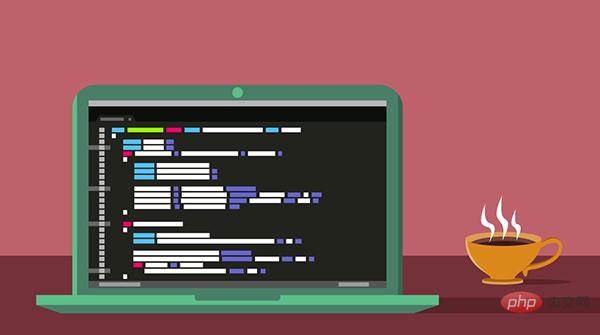 Web Front-end
Web Front-end JS Tutorial
JS Tutorial JavaScript study notes (17) Detecting browser plug-in code_Basic knowledge
JavaScript study notes (17) Detecting browser plug-in code_Basic knowledge//Detect non-IE browser plug-in function
function hasPlugin( name) {
name = name.toLowerCase();
for (var i=0 ; i if (navigator.plugins[i].name. toLowerCase().indexOf(name) >-1) {
return true;
}
}
return false;
}
//Detect IE browser Plug-in function
function hasIEPlugin(name) {
try {
new ActiveXObject(name);
return true;
}
catch (ex) {
return false;
}
}
//Detect Flash in all browsers
function hasFlash() {
var result = hasPlugin("Flash");
if (!result) {
result = hasIEPlugin("ShockwaveFlash.ShockwaveFlash");
}
return result;
}
//Detect QuickTime in all browsers
function hasQuickTime() {
var result = hasPlugin("QuickTime");
if (!result) {
result = hasIEPlugin("QuickTime.QuickTime");
}
return result;
}
alert(hasFlash());
alert(hasQuickTime());
 火狐浏览器是哪个国家的Sep 15, 2022 pm 02:55 PM
火狐浏览器是哪个国家的Sep 15, 2022 pm 02:55 PM火狐浏览器是“美国”的。Firefox火狐浏览器是开源基金组织Mozilla研发的一个自由及开放源代码的网页浏览器;而Mozilla基金会成立于2003年7月,是一家美国公司,现位于美国加利福尼亚州的芒廷维尤。
 摔倒检测,基于骨骼点人体动作识别,部分代码用 Chatgpt 完成Apr 12, 2023 am 08:19 AM
摔倒检测,基于骨骼点人体动作识别,部分代码用 Chatgpt 完成Apr 12, 2023 am 08:19 AM哈喽,大家好。今天给大家分享一个摔倒检测项目,准确地说是基于骨骼点的人体动作识别。大概分为三个步骤识别人体识别人体骨骼点动作分类项目源码已经打包好了,获取方式见文末。0. chatgpt首先,我们需要获取监控的视频流。这段代码比较固定,我们可以直接让chatgpt完成chatgpt写的这段代码是没有问题的,可以直接使用。但后面涉及到业务型任务,比如:用mediapipe识别人体骨骼点,chatgpt给出的代码是不对的。我觉得chatgpt可以作为一个工具箱,能独立于业务逻辑,都可以试着交给c
 i7-7700无法升级至Windows 11的解决方案Dec 26, 2023 pm 06:52 PM
i7-7700无法升级至Windows 11的解决方案Dec 26, 2023 pm 06:52 PMi77700的性能运行win11完全足够,但是用户却发现自己的i77700不能升级win11,这主要是受到了微软硬性条件的限制,所以只要跳过该限制就能安装了。i77700不能升级win11:1、因为微软限制了cpu的版本。2、intel只有第八代及以上版本可以直升win11。3、而i77700作为7代,无法满足win11的升级需求。4、但是i77700在性能上是完全能流畅使用win11的。5、所以大家可以使用本站的win11直装系统。6、下载完成后,右键“装载”该文件。7、再双击运行其中的“一键
 MIT最新力作:用GPT-3.5解决时间序列异常检测问题Jun 08, 2024 pm 06:09 PM
MIT最新力作:用GPT-3.5解决时间序列异常检测问题Jun 08, 2024 pm 06:09 PM今天给大家介绍一篇MIT上周发表的文章,使用GPT-3.5-turbo解决时间序列异常检测问题,初步验证了LLM在时间序列异常检测中的有效性。整个过程没有进行finetune,直接使用GPT-3.5-turbo进行异常检测,文中的核心是如何将时间序列转换成GPT-3.5-turbo可识别的输入,以及如何设计prompt或者pipeline让LLM解决异常检测任务。下面给大家详细介绍一下这篇工作。图片论文标题:Largelanguagemodelscanbezero-shotanomalydete
 edge是什么浏览器Jul 19, 2022 pm 12:41 PM
edge是什么浏览器Jul 19, 2022 pm 12:41 PMedge是由微软开发的基于Chromium开源项目及其他开源软件的网页浏览器。Edge浏览器主要特点是能够支持目前主流的Web技术,作为Windows10自带浏览器,给微软用户带来更好的功能体验。
 改进的检测算法:用于高分辨率光学遥感图像目标检测Jun 06, 2024 pm 12:33 PM
改进的检测算法:用于高分辨率光学遥感图像目标检测Jun 06, 2024 pm 12:33 PM01前景概要目前,难以在检测效率和检测结果之间取得适当的平衡。我们就研究出了一种用于高分辨率光学遥感图像中目标检测的增强YOLOv5算法,利用多层特征金字塔、多检测头策略和混合注意力模块来提高光学遥感图像的目标检测网络的效果。根据SIMD数据集,新算法的mAP比YOLOv5好2.2%,比YOLOX好8.48%,在检测结果和速度之间实现了更好的平衡。02背景&动机随着远感技术的快速发展,高分辨率光学远感图像已被用于描述地球表面的许多物体,包括飞机、汽车、建筑物等。目标检测在远感图像的解释中
 苹果自带的浏览器叫什么Jul 18, 2022 am 10:42 AM
苹果自带的浏览器叫什么Jul 18, 2022 am 10:42 AM苹果自带的浏览器叫“Safari”;Safari是一款由苹果公司开发的网页浏览器,是各类苹果设备的默认浏览器,该浏览器使用的是WebKit浏览器引擎,包含WebCore排版引擎及JavaScriptCore解析引擎,在GPL条约下授权,同时支持BSD系统的开发。
 用 WebAssembly 在浏览器中运行 PythonApr 11, 2023 pm 09:43 PM
用 WebAssembly 在浏览器中运行 PythonApr 11, 2023 pm 09:43 PM长期以来,Python 社区一直在讨论如何使 Python 成为网页浏览器中流行的编程语言。然而网络浏览器实际上只支持一种编程语言:JavaScript。随着网络技术的发展,我们已经把越来越多的程序应用在网络上,如游戏、数据科学可视化以及音频和视频编辑软件。这意味着我们已经把繁重的计算带到了网络上——这并不是JavaScript的设计初衷。所有这些挑战提出了对新编程语言的需求,这种语言可以提供快速、可移植、紧凑和安全的代码执行。因此,主要的浏览器供应商致力于实现这个想法,并在2017年向世界推出


Hot AI Tools

Undresser.AI Undress
AI-powered app for creating realistic nude photos

AI Clothes Remover
Online AI tool for removing clothes from photos.

Undress AI Tool
Undress images for free

Clothoff.io
AI clothes remover

AI Hentai Generator
Generate AI Hentai for free.

Hot Article

Hot Tools

SAP NetWeaver Server Adapter for Eclipse
Integrate Eclipse with SAP NetWeaver application server.

EditPlus Chinese cracked version
Small size, syntax highlighting, does not support code prompt function

Dreamweaver Mac version
Visual web development tools

Notepad++7.3.1
Easy-to-use and free code editor

VSCode Windows 64-bit Download
A free and powerful IDE editor launched by Microsoft





